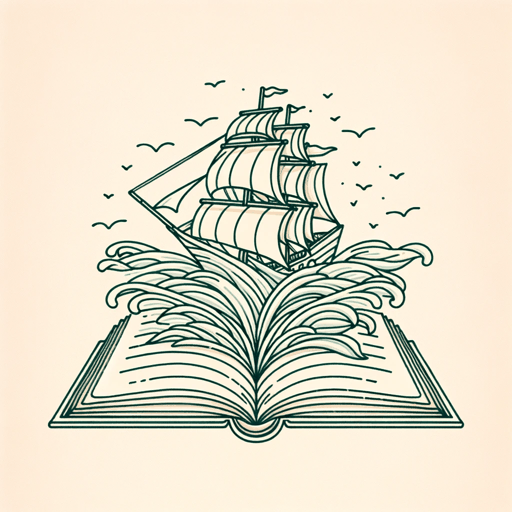16 pages • 32 minutes read
Emily DickinsonA Bird, came down the Walk
Fiction | Poem | Adult | Published in 1891A modern alternative to SparkNotes and CliffsNotes, SuperSummary offers high-quality Study Guides with detailed chapter summaries and analysis of major themes, characters, and more.
Symbols & Motifs
The Bird
The bird is the poem’s central symbol, representing the natural world in both its prosaic elements and in its beauties. The bird’s instinctive behavior makes it clear that it is an animal, one that can bite a worm “in halves” and then eat “the fellow, raw” (Lines 3-4) without much ado. Nevertheless, the bird also behaves in ways that are graceful and sometimes nearly mimic human behavior, as in the way it “came down the Walk” (Line 1) at the poem’s opening, as if using the manmade path the way a human would. In a similar manner, it “hopped sidewise to the Wall / To let a Beetle pass” (Lines 7-8) as if behaving with exaggerated courtesy. Finally, the bird’s flight back “Home” with motions “softer [. . .] / Than Oars divide the Ocean” (Lines 16-17) transform the bird into a symbol of nature’s grace and majesty, inspiring a moment of the sublime for the poem’s speaker.
Human-Animal Connection
The human-animal connection forms a central motif in the poem. The speaker is a foil, or contrasting character, to the bird. How the speaker in this poem sees the natural world reveals the direct role humans can play in the natural world and their part within it.
Related Titles
By Emily Dickinson

A Clock stopped—
Emily Dickinson

A narrow Fellow in the Grass (1096)
Emily Dickinson

Because I Could Not Stop for Death
Emily Dickinson

"Faith" is a fine invention
Emily Dickinson

Fame Is a Fickle Food (1702)
Emily Dickinson

Hope is a strange invention
Emily Dickinson

"Hope" Is the Thing with Feathers
Emily Dickinson

I Can Wade Grief
Emily Dickinson

I Felt a Cleaving in my Mind
Emily Dickinson

I Felt a Funeral, in My Brain
Emily Dickinson

If I Can Stop One Heart from Breaking
Emily Dickinson

If I should die
Emily Dickinson

If you were coming in the fall
Emily Dickinson

I heard a Fly buzz — when I died
Emily Dickinson

I'm Nobody! Who Are You?
Emily Dickinson

Much Madness is divinest Sense—
Emily Dickinson

Success Is Counted Sweetest
Emily Dickinson

Tell all the truth but tell it slant
Emily Dickinson

The Only News I Know
Emily Dickinson

There is no Frigate like a Book
Emily Dickinson

